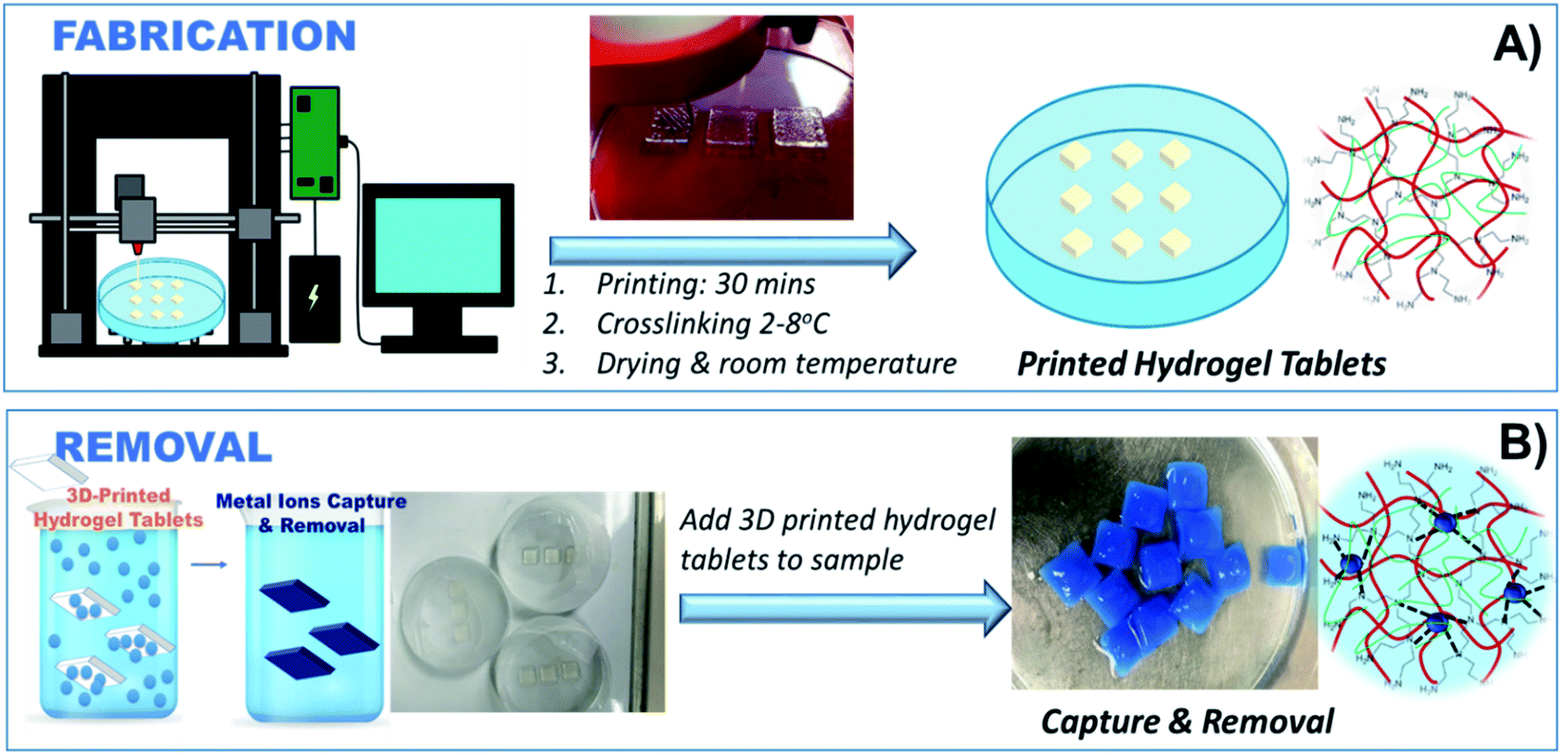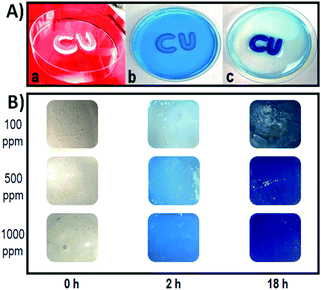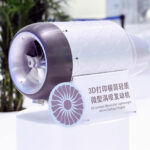Researchers at Clarkson University, New York, have conceived of an eco-friendly method of removing heavy metal ion contaminants from polluted environments, and they’ve done it with 3D printed biopolymer hydrogel tablets.
Read on to learn how their eco-friendly design could offer a solution to a concerning environmental problem.
Heavy Metal
Heavy metals such as nickel, chromium, mercury, cadmium, lead and chromium are used in a wide range of industries such as electroplating, mining, tanneries, painting, and semiconductor manufacturing. They often end up in the environment as a result of various processes. They can not be broken down by natural means, and consequently, they can stay in the environment for literal eons.
They can end up in soil, in the water table, and even in the air that we breathe. It’s a significant hazard to the environment, to flora and fauna right across the food chain, and they are toxic and carcinogenic to humans.
There are traditional methods of removing these things from the environment, but no method is perfect, and many of the traditional means of heavy metal removal can cause additional problems.

Such methods have included chemical precipitation, electrochemical reduction, membrane separation, and adsorption.
Methods using chemical precipitation are cost effective, but generate secondary pollution,while electrochemical processes are effective at what they do, but have a high financial cost.
Adsorption is the process by which atoms, ions or molecules from a gas, liquid or dissolved solid adhere to the surface of a chemical adsorbate as a thin film. It seems to offer the best balance of cost and performance, but often the adsorbates themselves are less than eco-friendly. Enter hydrogel adsorbates, which could offer the eco-friendly solution that is needed.
Hydrogel
The Clarkson University approach involves the fabrication of 3D printed tablets which are formed with a printable ink containing a recipe of alginate, gelatin, and polyethyleneimine (PEI). The PEI contains primary and secondary amine side chains that bond with the heavy metal ions, removing them from the environment and adhering them to the porous tablets. The tablets are then manually scooped up by some means, and disposed of safely.

The image above shows the color changes occurring in “CU” shaped printed tablets, and also square tablets over time, in various concentrations of copper solutions. The darker the tablet is, the more the copper is concentrated in the tablet and removed from the fluid.
Successful Tests
In tests, the researchers demonstrated that optimized tablets were capable of removing 60% from 100 ppm copper in 5 hours and up to 98% in 18 hours. For more concentrated copper solutions (1000 ppm), around 25% of the copper was removed from the fluid in 18 hours.
The research has demonstrated the viability of bio-polymer hydrogel adsorbates, and due to the abundance, low cost, and ease of manufacture of the tablets, they are easily scalable.
“Our work demonstrates unique capabilities of green and sustainable materials to be additively manufactured and designed so that they have the ability to capture and remove toxic contaminants, providing innovative solutions for next-generation detection and remediation technologies,” said Professor Silvana Andreescu, the Egon Matijevic Chair in Chemistry at the university.
This work contributes to the development of materials and methods for environmental monitoring and clean up to achieve the global WHO goals for clean and sustainable water.”
The research paper, titled “3D printable polyethyleneimine based hydrogel adsorbents for heavy metal ions removal”, is available for your perusal in the Environmental Science Advances journal, at this link.











